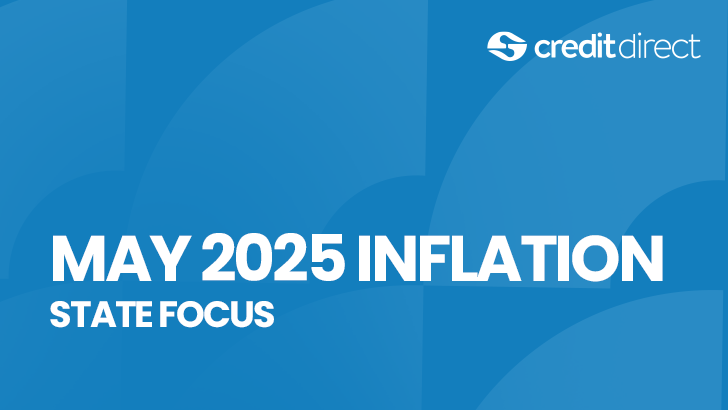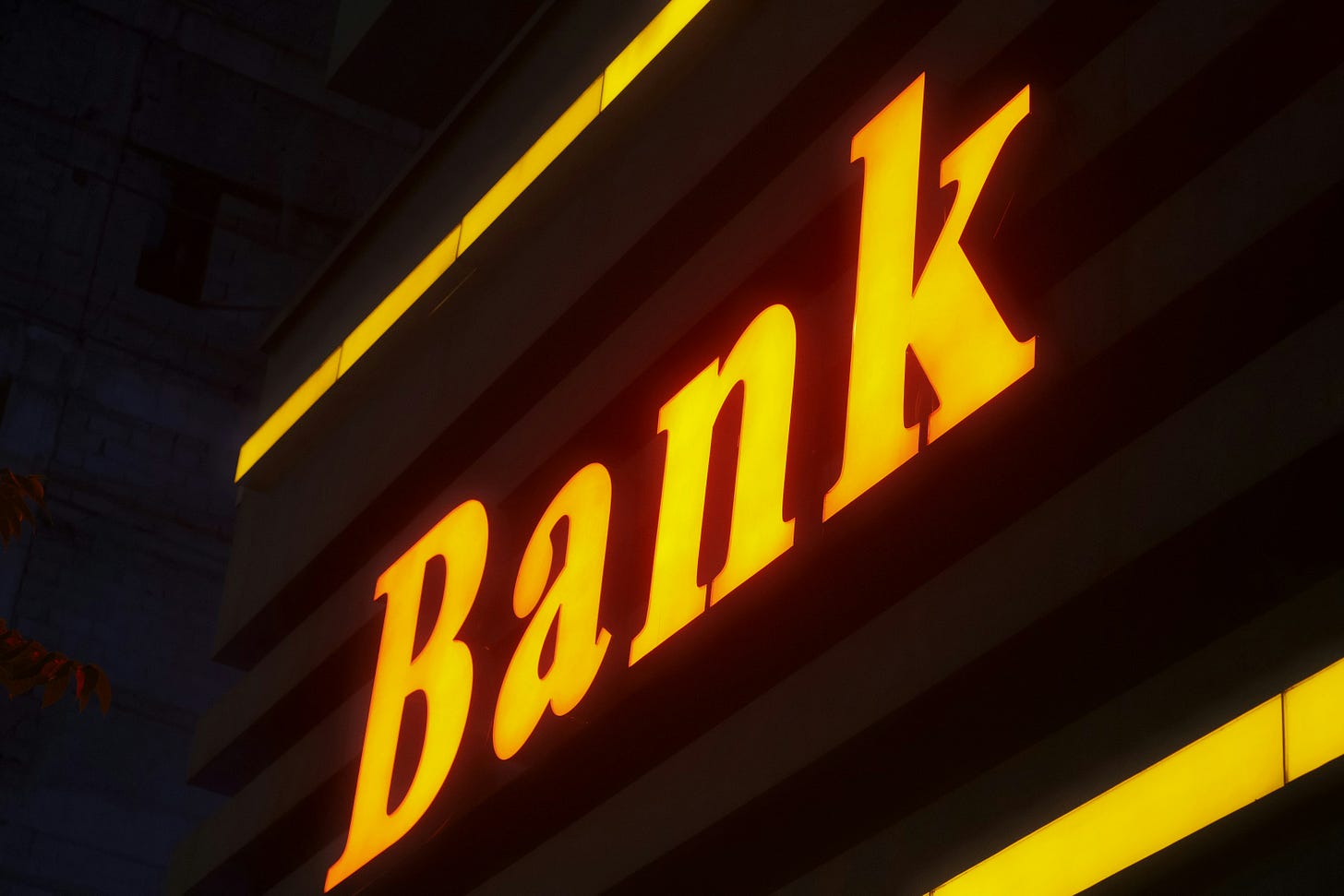Sterling's Big and Vague Ambitions
Too connected to fail. Too vague to regulate.
If you missed last week’s newsletter, catch up here.
Let's talk about Sterling
In April, the acquisition of fintech Bankly by the relatively low-key C-One Ventures made headlines. The press release was boilerplate: new management, some nice words about synergy, and a line about Bankly’s licenses and talent being integrated with C-One’s other ventures.
The most intriguing question when I first saw the story was whether this was a fire sale; one publication claimed Bankly faced liquidity constraints.
Nevertheless, the press release was pretty standard: new management, some nice words about synergy, and a line about Bankly’s licenses and talent being integrated with C-One’s other ventures.
This weekend, with tech news crawling at its usual weekend pace, I circled back. And the C-One puzzle had a lot more pieces.
C-One’s portfolio includes Gomoney, a digital bank. It built the infrastructure for Café One, Sterling Bank’s co-working-meets-café concept. It also runs GetPayed, a payments and POS service for small businesses, and Unify, an edtech platform co-launched with Sterling. Even the supply chain finance platform Fulcrum has links to Sterling and C-One.
Officially, there’s no public record that Sterling owns C-One Ventures. But when one firm builds your digital bank, your POS service, your agent banking rails, your core banking system, and the app for your lifestyle-branded banking café, it’s either the world’s most generous vendor or it’s part of the family.
Sterling, to its credit, has never been afraid to build. I’m the first to say it has more products than you can reasonably keep track of. But this seems to be a deliberate strategy; the move to a holdco gave Sterling the freedom to diversify beyond traditional banking, and diversify it has.
So what’s the endgame?
One guess: own the front-end and the back-end of financial services. Apps, agents, merchant tools, agent networks, and the core infrastructure underneath it all. Be the invisible plumbing of Nigerian finance, even if no one notices you’re there. And do it through a web of separate companies, so failed bets don’t weigh directly on the bank’s balance sheet or brand.
It’s a clever structure. But clever isn’t always successful, and for now, it’s too early to say if this sprawl is delivering results.
Take SeaBaaS, the core banking software built by Peerless and now powering Sterling’s banking operations. The initial rollout was rocky; the system’s early downtimes were frequent and disruptive. It appears to have stabilised, but cost savings alone won’t justify building a core banking product in-house. For SeaBaaS to be valuable, it needs to attract paying clients. There’s no public indication that it has.
Bankly’s contribution is harder to quantify, but it’s early days. Its agent network and microfinance licenses offer distribution and regulatory reach, but the company was reportedly struggling just months before the acquisition. Has it now been absorbed as infrastructure, a utility layer for cash-in/cash-out, loans, and deposits across Sterling’s ecosystem? Or is it just a stranded asset with a friendlier wrapper? As for gomoney and GetPayed, both operate in crowded spaces: digital banking and merchant payments.
Let’s look at the numbers. Sterling’s Q1 2025 results were strong: ₦18.2 billion in pre-tax profit, more than double year-on-year, and fee and commission income rose over 40%. That could suggest traction across these channels. But it’s also possible the gains are mostly from core banking and higher interest margins, given Nigeria’s rate environment. The group’s reporting doesn’t break out revenue or user metrics for these digital experiments, so we’re left guessing.
That raises a bigger structural question: how does this sprawling strategy show up in Sterling’s regulatory and compliance footprint? AltBank is straightforward. It was spun off from Sterling and now operates as a licensed, standalone non-interest bank under the HoldCo. But gomoney and GetPayed don’t have the same clarity. They appear more like digital channels or brand extensions than fully independent subsidiaries. C-One Ventures, the firm behind many of these initiatives, doesn’t appear in Sterling’s public disclosures, despite building and maintaining critical parts of its digital stack.
So, where do these businesses live on the balance sheet? Who holds the operational risk? Who’s responsible when something goes wrong, and who gets credit when it works?
It’s a useful model for Sterling. But if this becomes a blueprint for the industry, regulators will need to ask harder questions. One institution operating through multiple proxies, lightly connected, can blur lines of liability, compliance, and consumer protection. Sterling may have the sophistication to manage that complexity, but what happens when a less capable bank tries the same playbook?
Right now, there’s no public proof that this strategy is doing more than riding the wave of a good year in commercial banking.
What’s clear is that Sterling is shrinking in public while expanding behind the scenes. The brand gets quieter as the infrastructure sprawls wider. Not every piece will work. But if even a few do, Sterling won’t just be a bank. It’ll be the architecture that other banks quietly run on.




